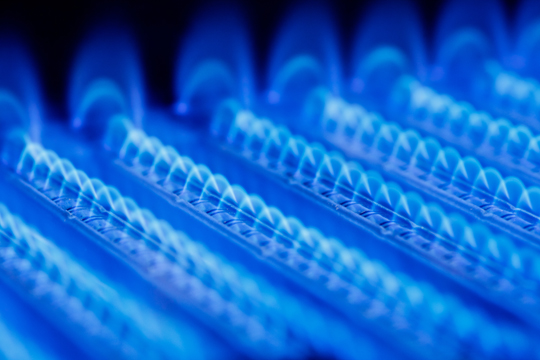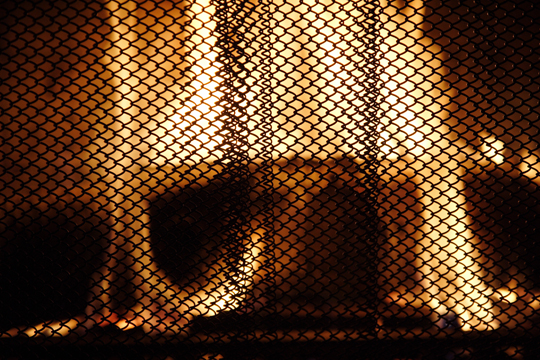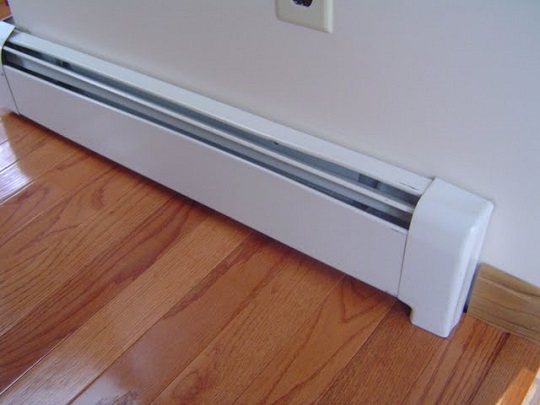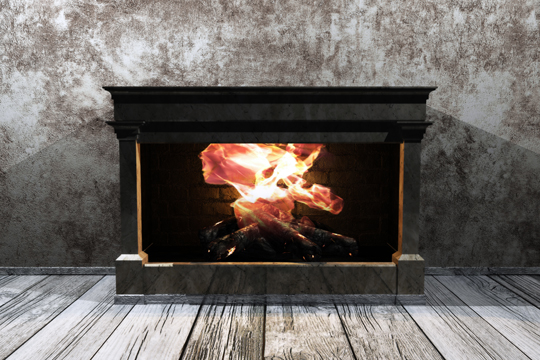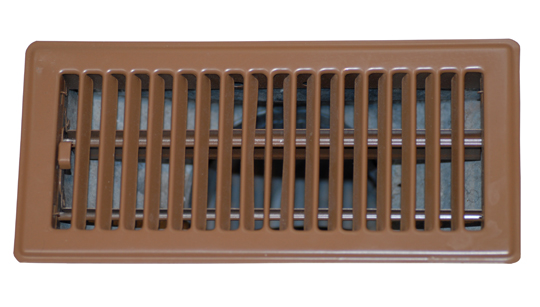These days, many people are looking for clean, green, energy-efficient fuels. While still wanting to enjoy the highest level of comfort in their own homes, people think more about how to minimize their carbon footprint and reduce their home energy costs. Is Liquefied petroleum gas (LPG) a reliable substitute for more mainstream fossil fuels? Over the last few years, LPG gas heating has become increasingly popular, due to its incontestable advantages.
Reasons to Consider Investing in an LPG Gas Heating System
Do you want to opt for a cleaner, greener, more affordable fuel? If so, an LPG gas heating system could be a good choice for you and your family, bringing you considerable financial savings, and allowing you to breathe easier over your carbon emissions.
An oil-condensing boiler requires a complex maintenance program and is not as effective as you might expect. LPG boilers are up to 95% more energy-efficient than their oil-based counterparts, reducing your power consumption by up to 40%.
Finding and Implementing the Ideal Hot Water Systems for Your Home
Choosing the best hot water system for your home can be quite challenging, especially if you know very little or nothing at all about your main options. When in doubt, contact a heating and cooling expert, who will help you purchase the most convenient LPG system.
Afterwards, just identify a trustworthy LPG supplier in your area and install all the components of your hot water unit, including the gas pipes, gas regulators, and cylinder connectors.
Call an Expert Today
A good specialist should be able to get your new system up and running in no time. Find the most competent ones in your area by consulting TalkLocal, a free service introduced to help you make excellent decisions and successful home improvements worthy of your time and money. Talk Local will connect you with the right professionals in just minutes.

